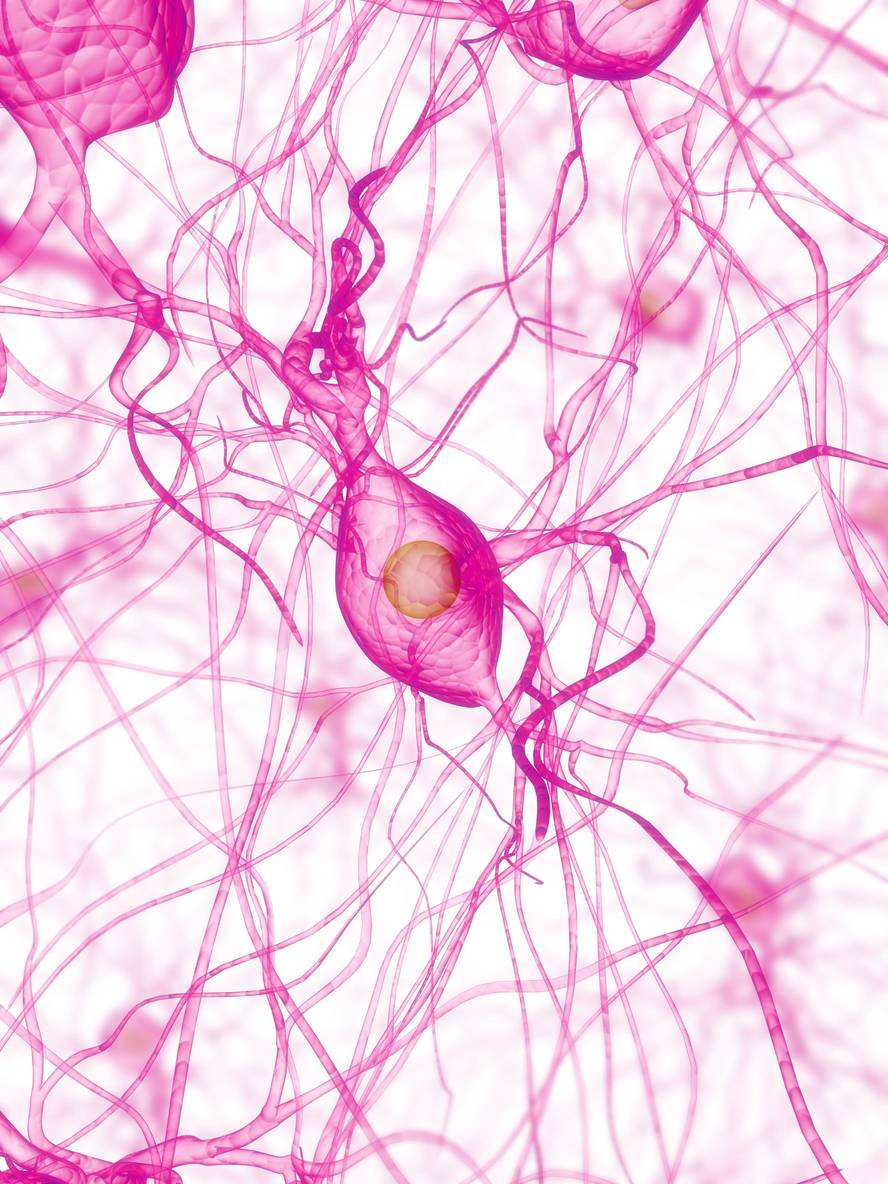Duplicate genes influenced the evolution of the human brain

Two recent papers published in the journal Cell suggest that a duplicate gene influenced the development of the human brain. In fact, this duplication may allow the brain to create more neural connections.
There are dozens of duplicate genes in humans in other animals. For example, Washington University genetics found that humans have four copies of the SRGAP2 gene. And now they have published a paper in which they indicate that, comparing with the original copy of this gene, the three copies lack part and that at least one of them, SRGAP2C, provides a functional protein. More than 2,000 human genomes have been analyzed and in all cases this copy has been found. And they estimate that it appeared about 2.5 million years ago, at the time of the appearance of the genus Homo and the first stone tools.
In his second work, an international team of researchers found that the SRGAP2C copy protein inhibits the original. And by expressing this copy in the neurons of mice, they have seen that it does not increase the size of the brain, but that more connections are generated between neurons in the area and accelerates the migration of neurons in the developing brain. According to the researchers, this could allow to develop more complex and more capacious brains. Thus, SRGAP2C would be one of the many genetic changes that affected the evolution of the human brain.





